Jainism arose primarily as a monastic movement in which soteriological concerns played much more pronounced role than either philosophical interests or religious ritualism centred around a temple that catered to the lay community, two vital strains in Jainism that emerged only much later. In the emphasis on asceticism and a regulating code of salvifically relevant conduct from its earliest days, Jainas shared a number of features with fellow Monks and recluses, the Buddhists, the Ajivikas etc. The author makes an attempt (vv. 150 157) to assign different roles to Kappa-sutta and Vavahara-sutta whose contents partly overlap. Both texts originated independently, perhaps in various ascetic milieux or successions or in different localities, but dealt with similar issues. Subsequently, after they had been grouped together under the same category of the Cheya-suttas, along with the Nisiha-Sutta, the problem arose how to differentiate their subject matters and applications and thereby justify their existence as separate texts. The Vavahara and its commentaries not only provide valuable information on Jaina asceticism but are also an important source of knowledge of ancient Indian practical religiosity and prove highly useful in comparative studies of the Buddhist Vinaya.
Vyavahara Bhasya Pithika
In stock
Free & Quick Delivery Worldwide
Bibliographic information
Title
Vyavahara Bhasya Pithika
Author
Edition
1st ed.
Publisher
Hindi Granth Karyalaya, 2006
ISBN
818876907X
Length
viii+159p.
Subjects

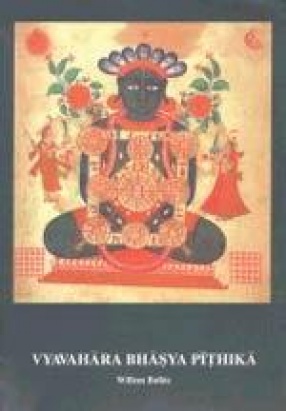
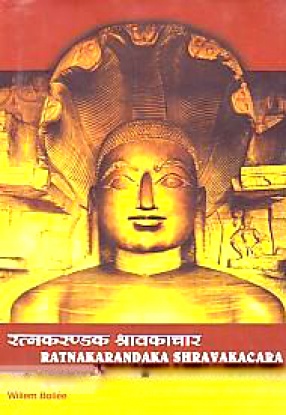
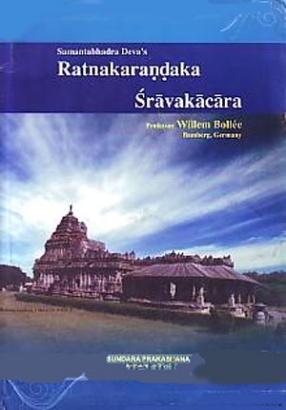
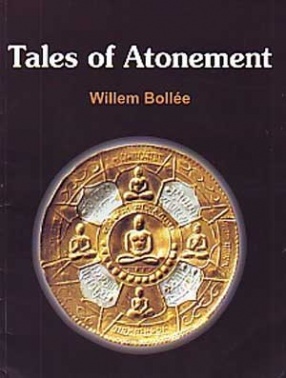

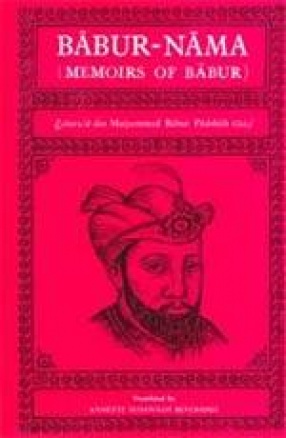
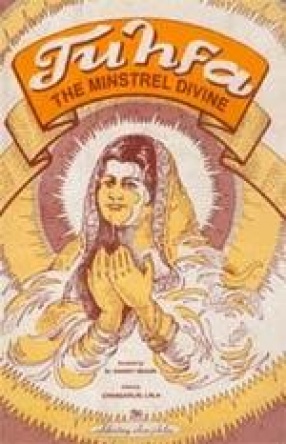
There are no reviews yet.